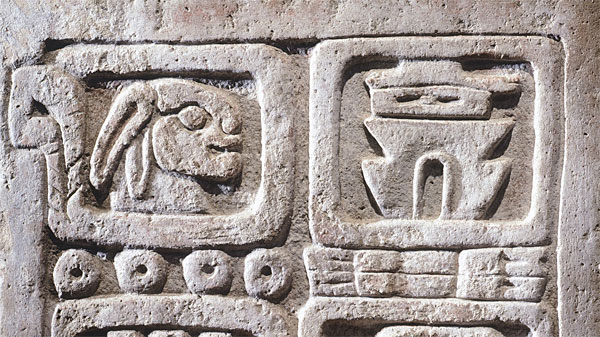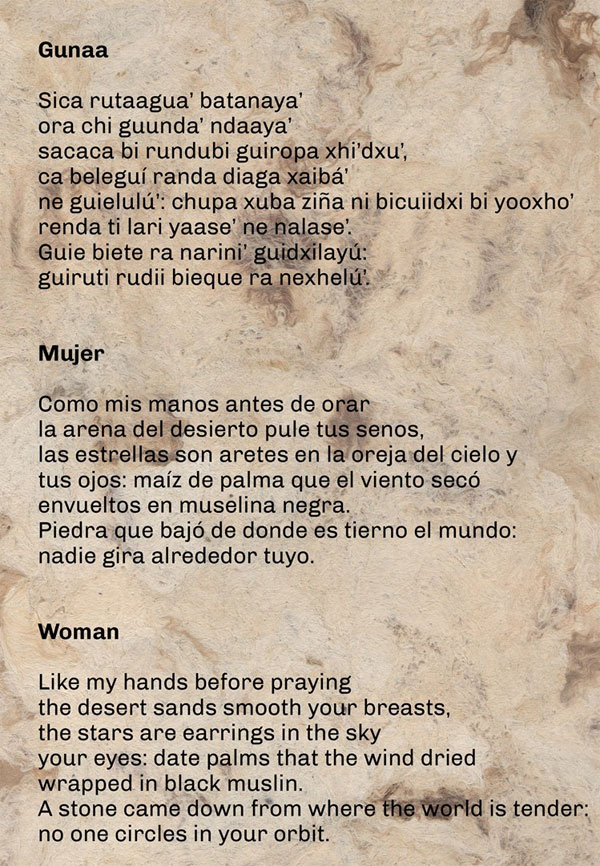| Why These Mexican Writers Are Ditching Spanish for Indigenous Languages Theo Ellin Ballew - OZY | |
| go to original September 2, 2017 |
|

Because the real Montezuma’s revenge might just be books in indigenous languages (Fast Forward)
Octavio Paz, Juan Rulfo, Rosario Castellanos, Carlos Fuentes … Mexico’s Spanish-language literature is one of the richest in Latin America. But for hundreds of years, the literature written in languages that existed before European colonization were all but silenced on the global scene — even though they were well-recognized by many Mexicans. Now, interest in this writing is surging worldwide. And it has its own rich history: In some traditions of pre-Columbian Mexico, when an estimated 130 languages were spoken, books were bound in deerskin, students were obliged to memorize poems and songs, and a misused or forgotten word was considered a cause of illness or death.
This increase in global interest can be seen in the surge in translations. Sales figures and other data are difficult to come by, but book lovers in New York can find English or Spanish versions of contemporary literature written in Mazatec, which is still spoken by 220,000 people, mainly in northern Oaxaca. In Berlin, you can find German translations of works written in Purépecha, aka Tarascan, which is spoken by some 125,000 people in the highlands of Michoacán.

A double translation of a selection from Natalia Toledo’s The Black Flower and Other Zapotec Poems (Phoneme Media)
According to Janet Martínez of the Frente Indígena de Organizaciones Binacionales, who organized the conference in Los Angeles, international publishers have yet to realize the potential size of this growing market. David Shook agrees. A translator and co-founder of Phoneme Media, a nonprofit in Los Angeles that is the foremost publisher of Mexican indigenous language literature in the U.S., Shook was shocked when he sold all 750 copies of the first edition of Like a New Sun, an anthology of contemporary poetry published in 2015 and originally written in Huasteca, Nahuatl, Zoque and other languages. Natalia Toledo’s collection, The Black Flower and Other Zapotec Poems, sold at least that many copies, Shook says, and was shortlisted for the 2016 National Translation Award.
In the past three years, literary conferences have launched in Mexico in areas with big minority populations. The Conference of Female Indigenous Language Poets in Juchitán, Oaxaca, and the International Conference of Indigenous Poetry in Mexico City were the first of their kind, and packed with attendees. And all three symposiums launched with little or no knowledge of the others. Toledo, who is perhaps the best-known Zapotec poet in Mexico, notes that “in the past couple years … people have started to get interested in this Mexico that’s long been buried, but that’s suddenly becoming visible through its literature, its textiles, its artists.”
Read the rest at OZY
We invite you to add your charity or supporting organizations' news stories and coming events to PVAngels so we can share them with the world. Do it now!
Celebrate a Healthy Lifestyle
 From activities like hiking, swimming, bike riding and yoga, to restaurants offering healthy menus, Vallarta-Nayarit is the ideal place to continue - or start - your healthy lifestyle routine.
From activities like hiking, swimming, bike riding and yoga, to restaurants offering healthy menus, Vallarta-Nayarit is the ideal place to continue - or start - your healthy lifestyle routine.